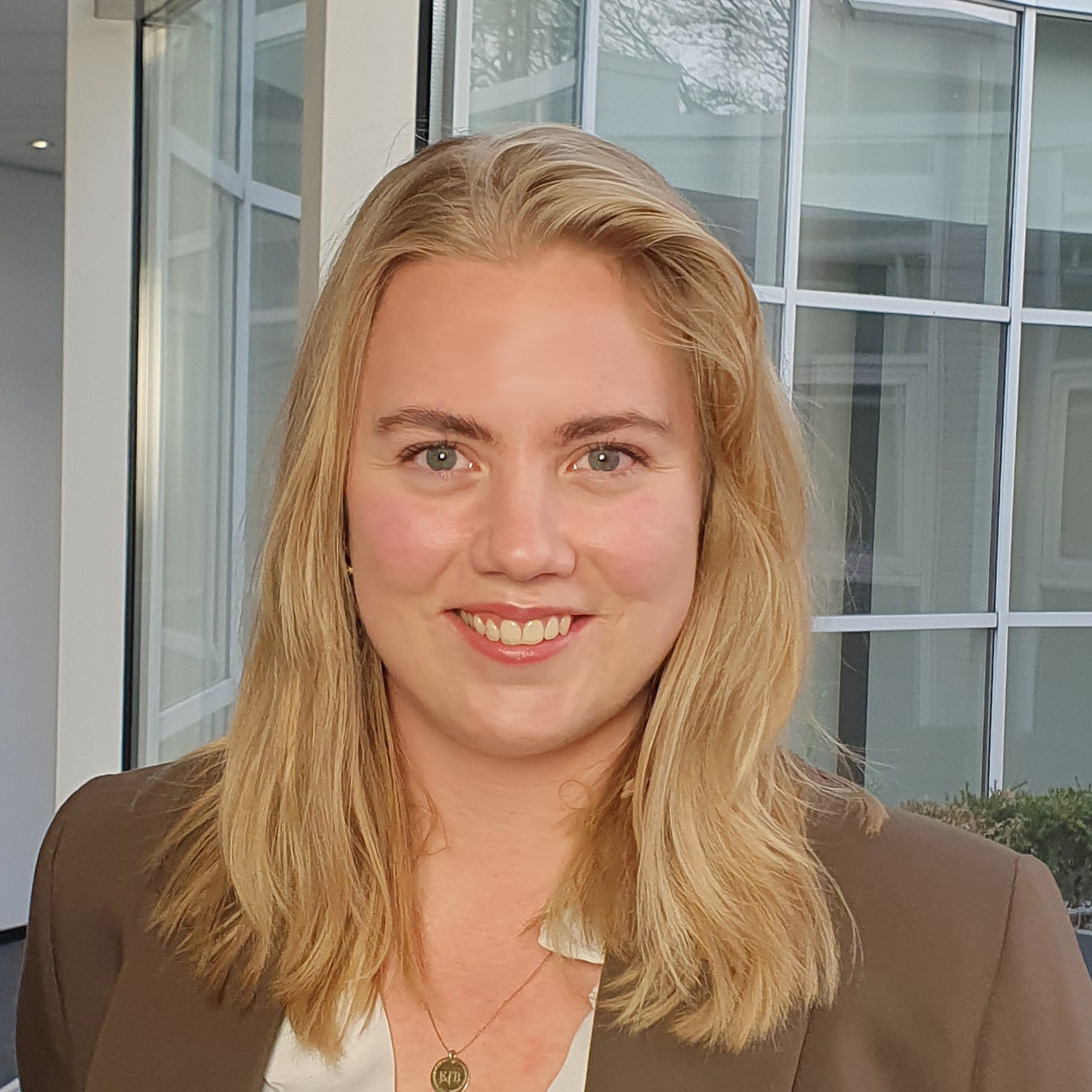Written by: Eline te Braake and Marian Hurmuz
When writing a new project proposal, end-users are often not included. This can be due to various reasons, such as time pressure, procedures or not having access to the right end-users. As a result, the project proposal is often written by researchers only and they also mostly shape the intended goals of the project. The end-user is then involved once the project is approved. A disadvantage of involving end-users at a later stage, is that the intended purpose of the project proposal does not fit with the end-users’ actual needs. To try to avoid this problem, and thus better match end-users' needs, we collected input from end-users before writing the project proposal. In this news post, we tell you what this brought us.
Set-up of end-user meeting
With two researchers and panel members, we took a first step towards this 'new' way of working. On the 15th of February, they met and a focus group on medication adherence took place. The aim of the focus group was to find out what the facilitators and barriers are for being compliant. During the meeting, we went through the following 6 main categories:
- Patient-related factors
- Disease-related factors
- Treatment-related factors
- Healthcare and system related factors
- Social and cultural factors
- Logistical and financial factors
For each category, panel members were given time to write down their experiences and share them with the group. In addition to these categories, there was also an option at the end to name other factors that they perceived as promoting or hindering, but did not fit under any of the previous categories.
Results end-user meeting
During the meeting, the group was able to discuss with each other the different factors. During the discussion, we noticed that many factors recurred under several categories. One frequently recurring factor that hindered medication adherence was cost. The examples mentioned were:
- Costs for explanation about the medication at the pharmacy
- Costs for typing a label (which is more expensive than the medication itself)
- Parking costs for picking up the medication from the pharmacy
- Paying the deductible excess (related to Dutch health insurance)
Other examples of barriers they experienced were the different intake times of medication, limited availability of the medication and, with this, often the long delivery time of a medicine at the pharmacy. With regard to intake times, this mainly concerns intake before/during/after a meal. These meals do not always take place at the same time. Some medications are really only allowed to be taken after 24 hours, so there is often not enough time between taking them.
In addition to these barriers, panel members could also discuss factors that facilitate medication adherence. These factors, although fewer were mentioned, were all very relevant, for example:
- Receiving sufficient information about the medication
- Having good contact with the healthcare professional and good communication between the different healthcare professionals
- Taking a medication where you notice the effect yourself
Are you curious to see the entire list of factors? These are available in Dutch. Click here to open it. Do you want to have this information in English? Contact the researchers below.
This kind of meeting was a very fun and instructive way of working, and it helped us to learn a lot about how the target group views the influencing factors in medication adherence. This 'new' approach allows us to include the target group's wishes in the project proposal in order to better meet their needs. Would you also like to hold a focus group to identify the needs of the target group in order to write a project proposal? Please contact us for the possibilities!

